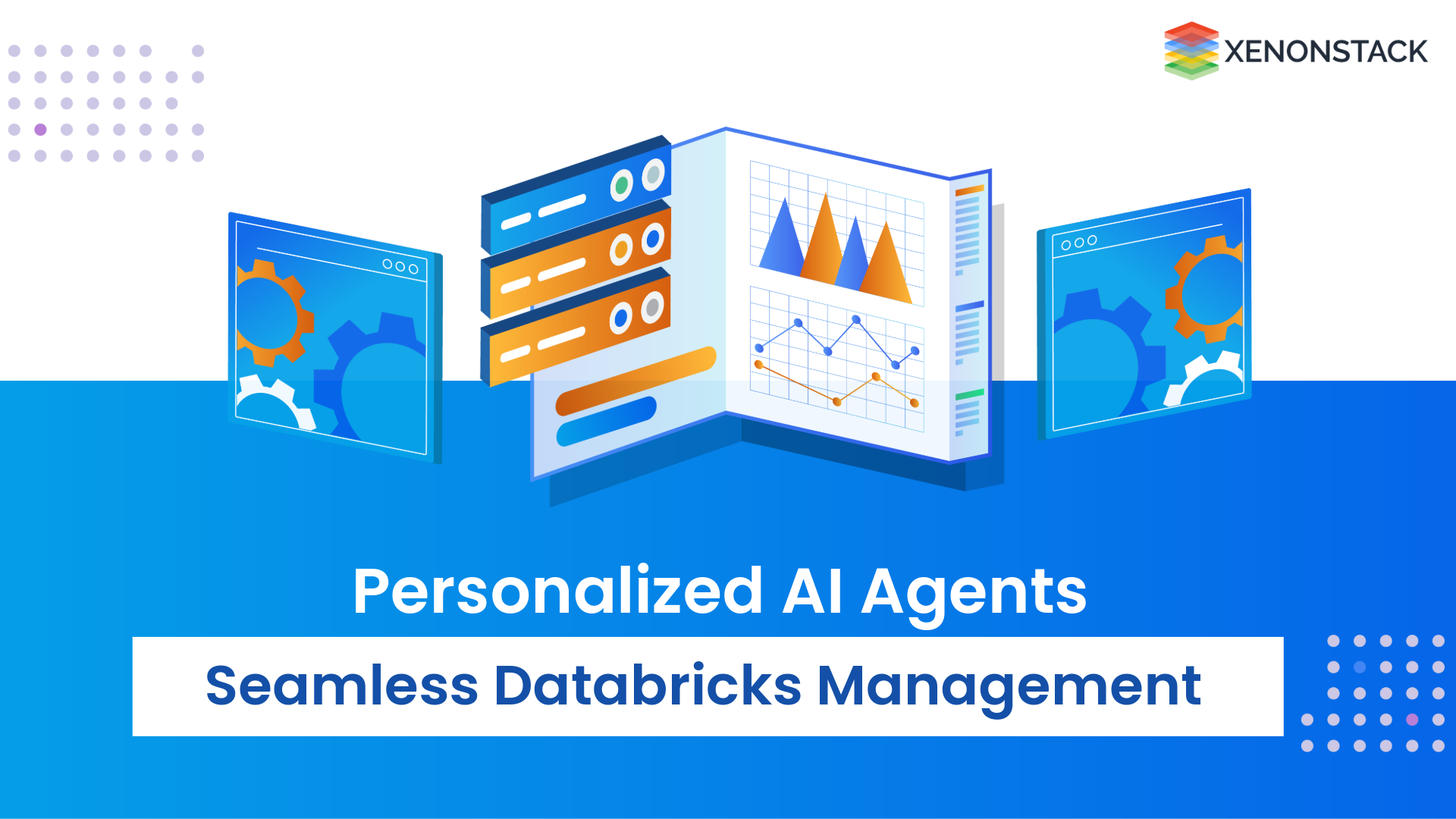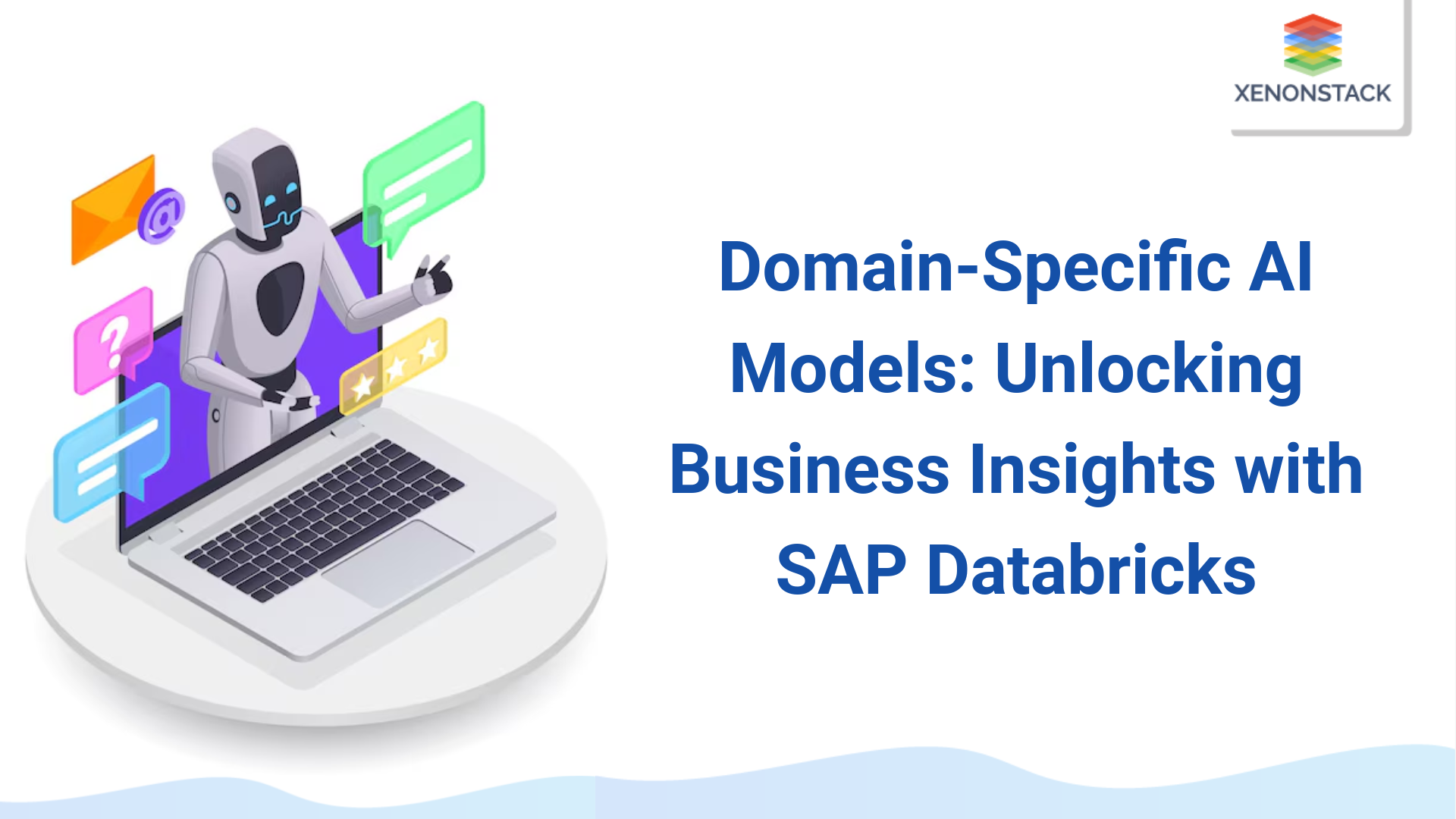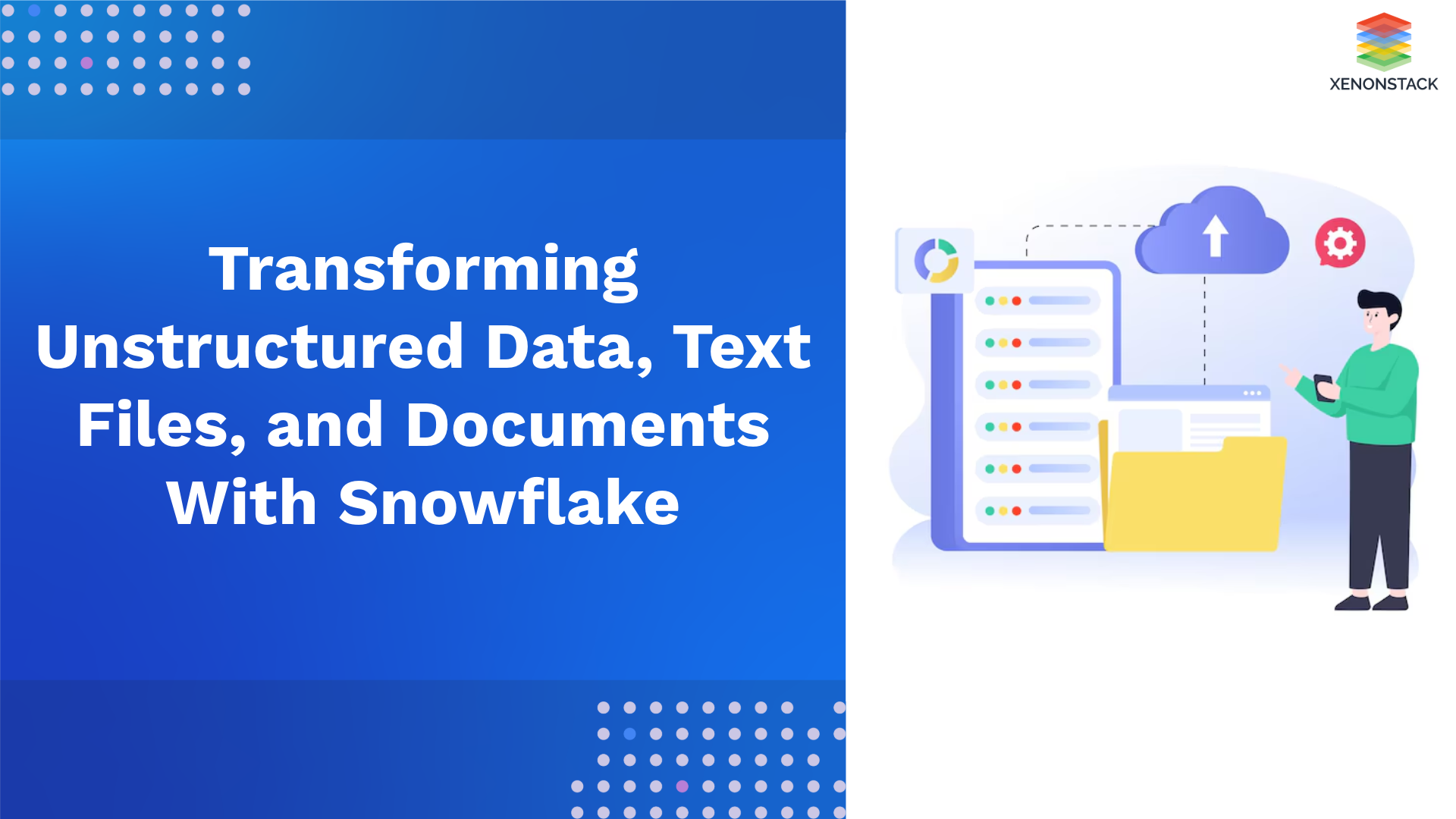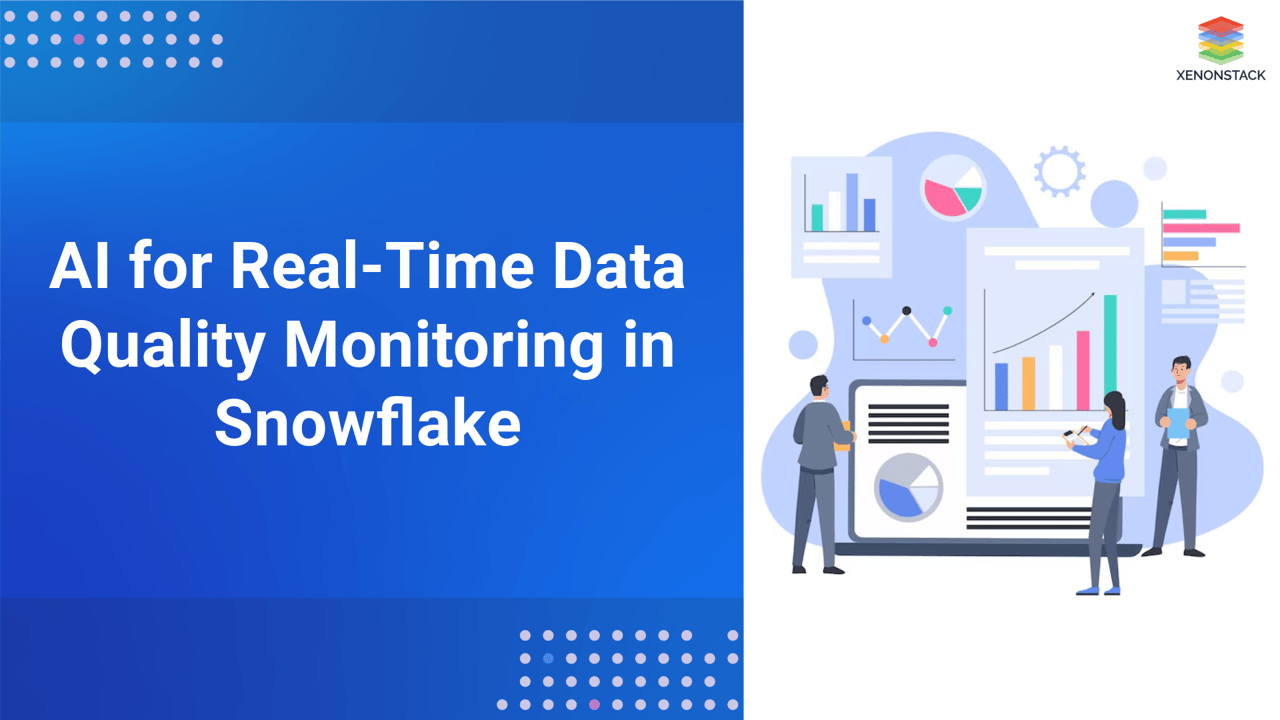
Introduction to AI-Powered Data Quality in Snowflake
Fundamentals of Data Quality
Data quality may be described as the situation where consistent, accurate, and unambiguous data are available to support decision-making. Validated quality of business data makes the process of intelligence, forecasting, and reporting based on strictly accurate facts and proven information. Nonetheless, as the amounts of data and data of diverse origins continually increase, the quality problem becomes very acute.
Snowflake Monitoring Architecture
Snowflake data architecture is shared across multiple clusters, and the computing resources are separated from the storage resources. The real-time feedback for query performance and the data that have been modified results from its native features, such as automatic scaling and zero-copy cloning. These features enable seamless integration and compatibility with other AI-based monitoring facilities to monitor the quality of the data in real time and notify when something goes wrong.
Real-Time Monitoring Framework Implementation
Continuous Assessment Methodology
Real-time monitoring is configured to have continual validation in every Snowflake data pipeline you use. This means incorporating AI algorithms that review data sets consistently for features such as outlying values, missing values, and departed patterns. For instance, a rule can involve labelling all transactions that are out of the ordinary compared to past activities or identifying new customer IDs in the current batch of data.
 Fig 1: AI-Driven Data Quality Monitoring with Snowflake
Fig 1: AI-Driven Data Quality Monitoring with Snowflake Latency Optimization Techniques
Delays are essential in real-time data monitoring. By using in-memory processing, ingestion of data into micro-partitions created natively by Snowflake, and utilization of edge processing, the gap between the time at which data arrives at Snowflake and the time at which an analyst can detect anomalies can be minimized. Two key techniques to achieve minimum latency are fewer database queries and having AI processes as close to the data source as possible.
Alert System Configuration
An affordable alerting system enables one to get an alert when the observed activity in each application is out of the ordinary. Companies can manage alerting based on severity by integrating Snowflake with external alerting applications over REST API or other integrations, such as the Ms. Azure Logic app. Alerts can then be delivered by email, SMS, or merged dashboards, and business users and data engineers can respond in real-time.
AI Algorithms for Data Quality Detection
-
Anomaly Detection Models
It is critically important to organize accurate anomaly detection as the core of AI-based data quality monitoring. For instance, they look at previous records of past performances or past prices of shares with an aim of identifying sudden changes in trends. For example, it can be established that a model reveals more records than are typical or records outside specified projections, leading to further scrutiny.
-
Pattern Recognition Implementation
A high level of pattern recognition incorporates the use of concepts such as machine learning and statistical models to ensure consistency in the input data. These algorithms can process data over time and watch for changes in the data, which could be due to schema creep or changes in transaction series.
-
Predictive Error Identification
This approach is a type of advanced prediction in which an AI identifies which errors might occur beforehand. By means of time-series analysis and business analytics, it is possible to predict problems such as late data arrival or missing fields and, therefore, perform damage control in advance.
Snowflake-Specific Integration Architecture
-
Warehouse Performance Optimization
Good data quality monitoring aims to enhance Snowflake's capabilities and never compromise its efficiency. An environment that accommodates monitoring activities side by side with actual work tasks can be achieved through workload management, query optimization and resource isolation to help in achieving the goals without any hindrances of high usage harming productivity. Other solutions like auto scaling of compute clusters are available to prevent such loads.
-
Query Monitoring Infrastructure
Other data quality findings are obtainable in having an infrastructure that constantly monitors the query performance. That is why tracking query execution times, errors, and the consumption of resources helps the organizations to compare performance problems with potential questions about the quality of the data and make the strategies sharper.
-
Resource Allocation Management
Optimal resource allocation means the flexible distribution of compute resources and storage in Snowflake. They suggest that monitoring activities concerning workload requirements to allocate resources to enhance them using predictive models signify that it is manageable and cost effective. This is even more relevant when it comes to businesses which generate a different amount of data.
Data Pipeline Quality Assurance
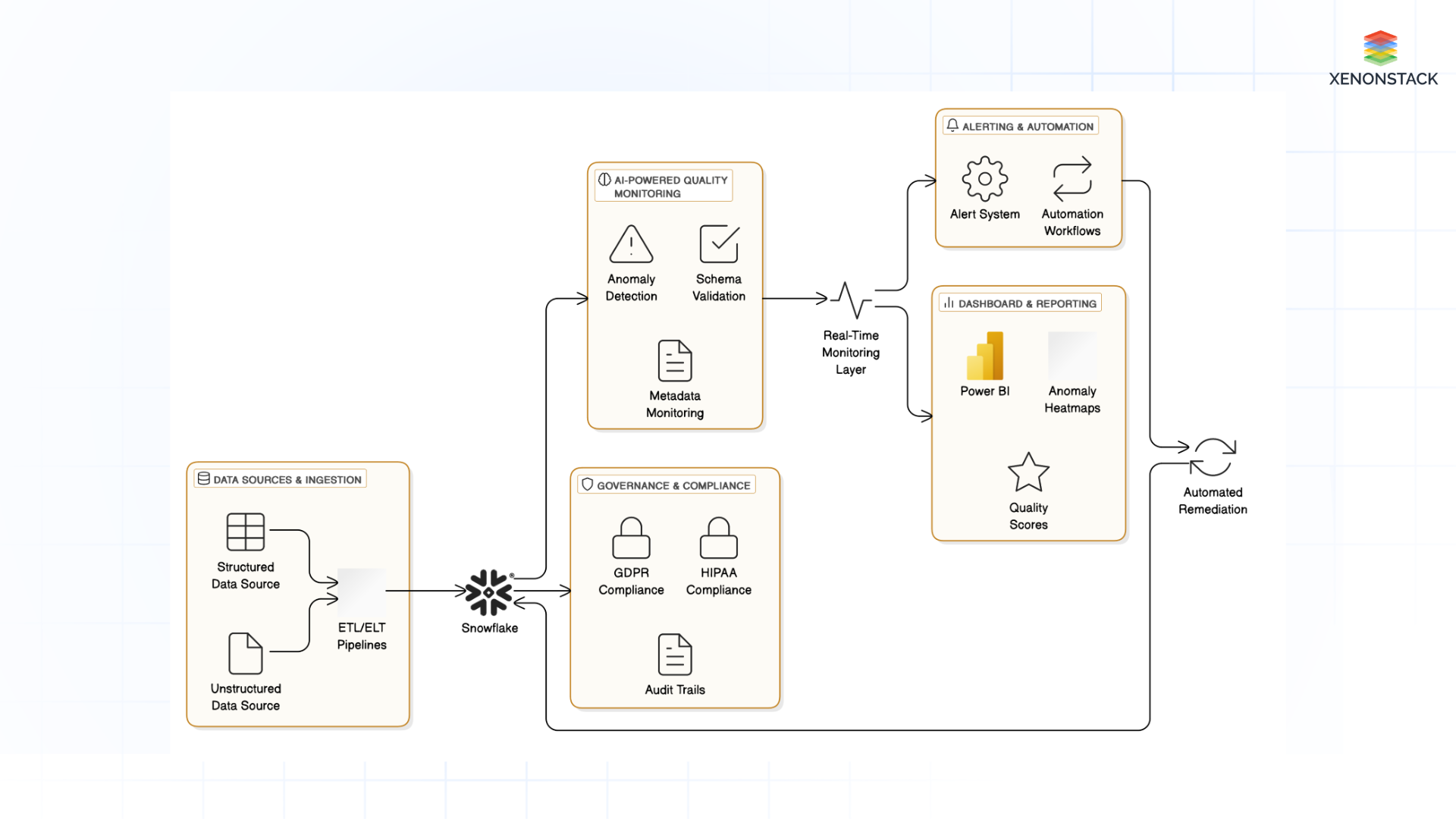 Fig 2: Data Pipeline Quality Assurance
Fig 2: Data Pipeline Quality Assurance ETL/ELT Process Monitoring
Maintaining data quality in ETL/ELT processes is crucial like the process of transforming, cleansing, and loading data. The real-time monitoring shall identify data transformation, loading or extraction errors for pipelines. When the AI monitoring tools are added to check on the performance of pipelines, failures or bottlenecks can be detected instantly.
Transformation Validation
Data transformation error-free status stands as the main goal in validation accuracy evaluations. By comparing transformed data against original records the AI models verify that no mistakes arise during data processing.
Data Lineage Tracking
Data lineage describes a process which determines the type of information needed to follow data movement throughout an organization. Data engineers combined with auditors use AI-based lineage tools to monitor all changes through their original appearances thus ensuring complete auditability and trustworthiness of every information piece.
Dashboard and Visualization Development
-
Real-Time Monitoring Interfaces
An actionable real-time dashboard must be made and is still in the process of being made. Implement the features that Snowflake has to offer in visualization in addition to using visualization tools such as the Microsoft Power BI for designing the next set of dashboards with key metrics, trends, and alerts that are easier to comprehend.
-
Alert Visualization Techniques
The alert presentation that is quickest to use is to display such alerts visually. On the alert side, teams get the early detection capability using red amber green colors and brief description and drill down. In terms of alert visualization, display of alerts according to their expected consequences as well as their severity level needs to follow the standard procedure.
-
Performance Metric Displays
Periodic measurement of detection efficiency and resource consumptions and data processing speeds and duration estimates are performed for assessing of data quality monitoring system performance. Permanent evaluation of the indicator allows organizations to optimize their ways of working, guide their improvement efforts.
Automated Remediation Strategies
-
Error Correction Implementation
Incorporation of error correction automation systems is intended for automated correction once there is identification of errors. For example, it is possible to design the system in such a way that if an error is detected in the data, the data returns to a previously specified state or initiates a data reprocessing procedure.
-
Data Cleansing Automation
In Continental, data cleansing pipelines are used to qualify the data and make it consistent immediately with the help of AI. As such pipelines connect to Snowflake, it becomes feasible to fix incorrect data on the fly to reduce downstream impact errors and improve data quality.
-
Workflow Trigger Configuration
Self-healing systems make changes whenever there are emerging defects in relation to quality that has been identified. Performing these repairs inside Snowflake’s environment, be it through an interface such as Snowpipe or other third-party orchestration tools, enables near-instantaneous error correction.
Enterprise Implementation Considerations
Governance Integration Framework
The monitoring of data quality should be added to process of the current business governance frameworks in full-scale business environments. Standard policies, roles and log trials ensure that the system does not offer any loophole which falls below the set regulatory measures as well as internal measures.
Compliance Monitoring Systems
The requirements for the regulatory compliance of the data gathered in ongoing monitoring may include data quality compliance or standards like GDPR, HIPAA or SOX. Automated audit log and reporting are essential as they ensure that an organization is compliant and prevent risks as well.
Cross-Department Collaboration Methods
The efforts on monitoring data quality through Artificial Intelligence most involve the synergy of IT, data engineering and compliance department, and the business unit. These measures help to maintain interdepartmental discussion and to address stakeholders’ concerns while implementing the system to consider the needs of the organization and the possible changes in demands.
Key Takeaways for Real-Time Data Quality Monitoring
The real-time data quality monitoring system in Snowflake uses AI technology to detect data errors, which fixes the information, leading to accurate, uniform decisions. It is a partition-based system that utilizes different AI approaches, including Anomaly detection, Pattern recognition, and Predictive error identification tools, to make manifold changes and reduce the data's latency and the need for manual interaction.
Next Steps in Real-Time Data Quality Monitoring with Snowflake
Talk to our experts about implementing compound AI system, How Industries and different departments use Agentic Workflows and Decision Intelligence to Become Decision Centric. Utilizes AI to automate and optimize IT support and operations, improving efficiency and responsiveness.
